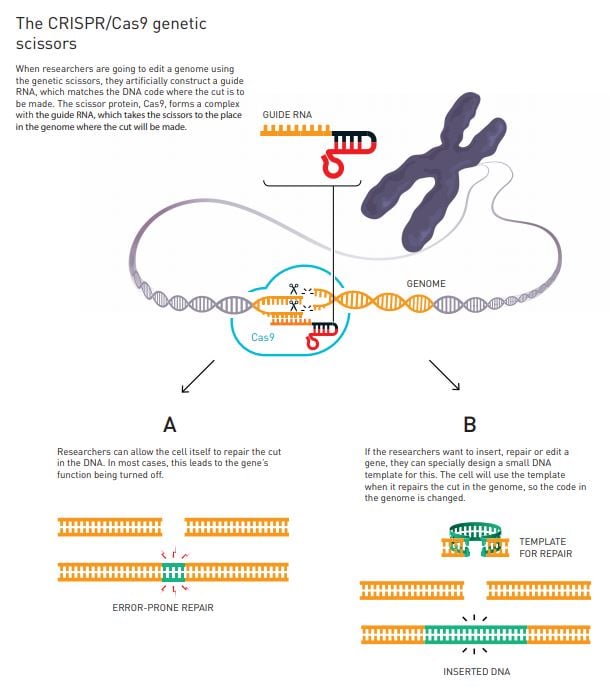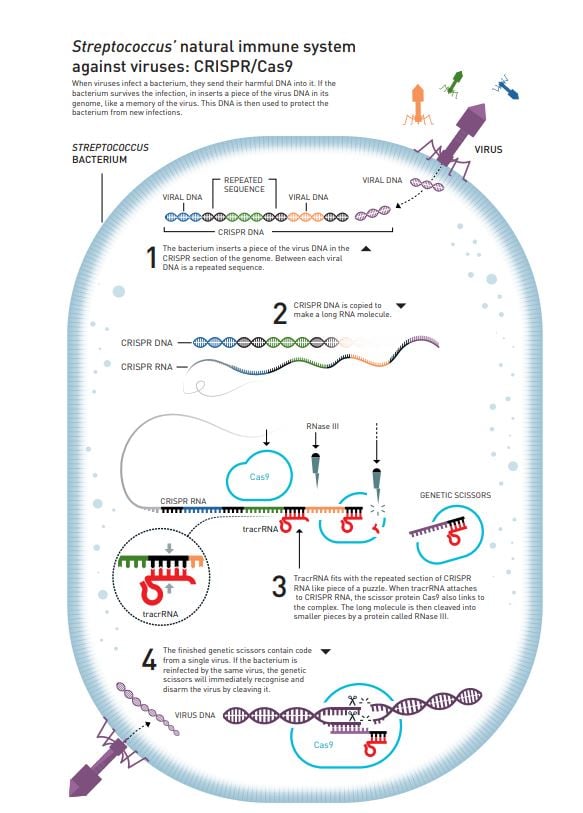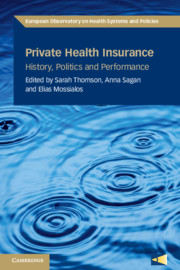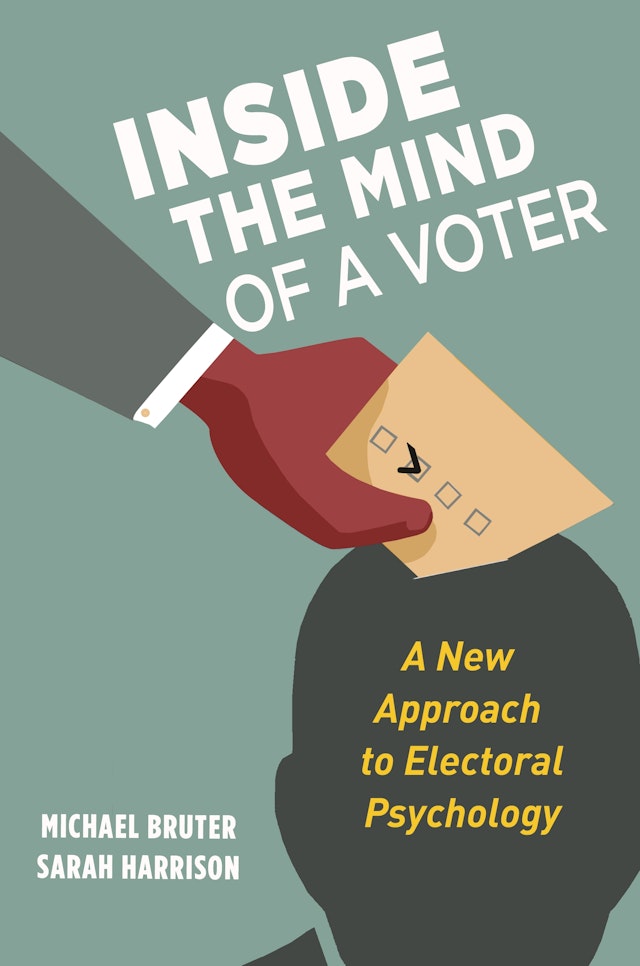The Prize in Economic Sciences 2020
When basic and applied sciences meet together:
Milgrom and Wilson’s ground-breaking initial work should be regarded as basic research. They wanted to use and develop game theory to analyse how diferent actors behave strategically when they each have access to diferent information. Auctions – with their clear rules that govern this strategic behaviour – comprised a natural arena for their research. However, auctions have gained in practical signifcance and, since the mid-1990s, they have been increasingly used in the distribution of complex public assets, such as frequency bands, electricity and natural resources. Fundamental insights from auction theory provided the foundation for constructing new auction formats that overcame these new challenges.
The new auction formats are a beautiful example of how basic research can subsequently generate inventions that beneft society. The unusual feature of this example is that the same people developed the theory and the practical applications. The Laureates’ ground-breaking research about auctions has thus been of great beneft, for buyers, sellers and society as a whole.
Long time ago, I studied my PhD with Milgrom-Roberts book on organizational economics, later I published an article on auctions for primary care in Hacienda Publica, using Milgrom ideas. It is a well deserved Prize, I know what it really means.












